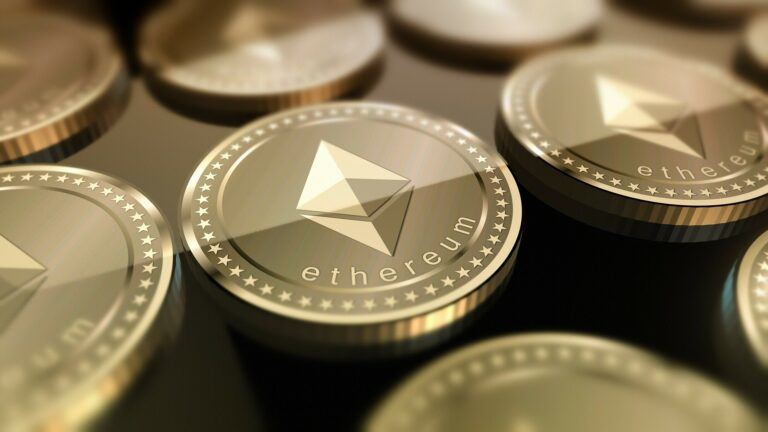The Ethereum (ETH) hard fork upgrade will be activated at block number 7,080,000, which is expected to be mined between January 15 and January 17, 2019. Referred to as Constantinople, Ethereum’s hard fork will consist of several codebase modifications specified by five different ethereum improvement proposals (EIPs).
What Is A Hard Fork?
A hard fork is a backwards incompatible upgrade that is somewhat similar to how upgrades are performed to applications such as Microsoft Word. For instance, an older version of the word processing program may not be able to accurately read and display all the characters and fonts in a file that was created using the latest version of MS Word.
Full-node operators, also known as transaction validators, are required to upgrade their clients to the latest version of Ethereum’s software – which will be available when Constantinople goes live in the next few days.
Why Do We Refer To Upgrades As Forks?
Upgrades to cryptocurrency platforms are called forks because they’re similar to a fork in the road in which a single chain of blocks gets separated into two chains. One of the chains may be used by people who want to continue to play by the old set of rules, or who fail to upgrade their nodes. Meanwhile, the other chain is used by those who start following new or the updated set of rules.
In most cases, transaction validators stop running older versions of the cryptocurrency’s client software and switch to the latest version. After the switch to the upgraded blockchain network, miners stop adding new blocks to the old chain. This usually results in the old chain slowing down and becoming dormant.
If a fork is contentious (meaning there are individuals or organizations that don’t want certain changes to be made to the existing chain), then a blockchain network might split into two separate and active networks after the fork.
Five Different Ethereum Improvement Proposals
The two active blockchains also have their own coins. This is how the bitcoin (BTC) network was forked to produce a separate bitcoin cash (BCH) blockchain on August 1, 2017. When Ethereum went through a hard fork after the DAO attack, the upgrade resulted in two different cryptocurrencies: ethereum classic (ETC) and ether (ETH).
The set of upgrades planned for Ethereum, with Constantinople, are non-contentious as all network participants have reportedly agreed to activate the five EIPs listed below:
- EIP 145 – more cost-effective and overall efficient approach to processing information (by adding bitwise shifting operators to the Ethereum Virtual Machine (EVM);
- EIP 1014: better approach to accommodating network scaling solutions such as off-chain transactions;
- EIP 1052 – an improvement on how contracts are processed;
- EIP1234 – 12-month delay of difficulty bomb; reduce mining rewards from 3 ETH to 2 ETH per block;
- EIP 1283 – a better way to monetize data storage changes (made by smart contract programmers)
Here’s a link to an explainer video about all EIPs mentioned above (except EIP 1283). Here’s where users may track all progress related to Constantinople.
Block confirmation times are expected to remain at around 15 seconds. When Ethereum transitions to proof-of-stake (PoS) in another separate hard fork, transaction processing times may improve. At present, it is unclear whether the average cost of transactions on Ethereum will change, however transaction fees associated with issuing smart contracts may decrease – as some of the EIPs aim to optimize smart contract-related transactions.
Exchanges & Other Crypto Services Must Upgrade
Although transaction settlement times may not immediately change after Constantinople is activated, state channel optimizations performed with EIP-1024 could allow better second-layer solutions to be implemented. These may be contributed by platforms including OmiseGo, Loom Network, and Raiden.
In order to accommodate the changes required for the Constantinople update, exchanges like Binance, Coinbase, Kraken, among others will have to update their nodes. Other crypto services such as MyCrypto, Trust Wallet, MetaMask, and Etherscan will also have to upgrade their nodes.
Ether (ETH) holders will not have to do anything to prepare for Ethereum’s update and the software changes to be activated with Constantinople will not, for the most part, be noticeable to users.









